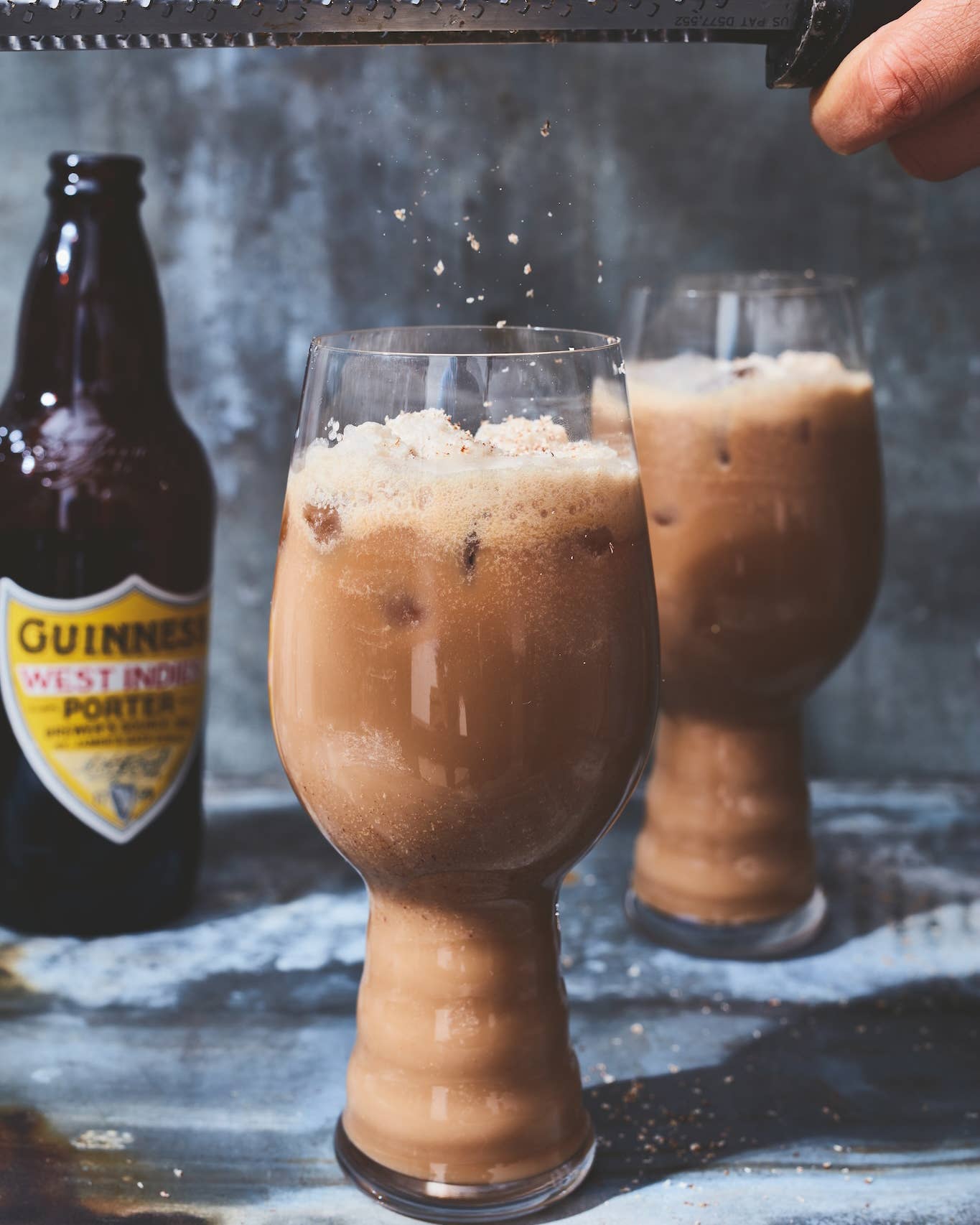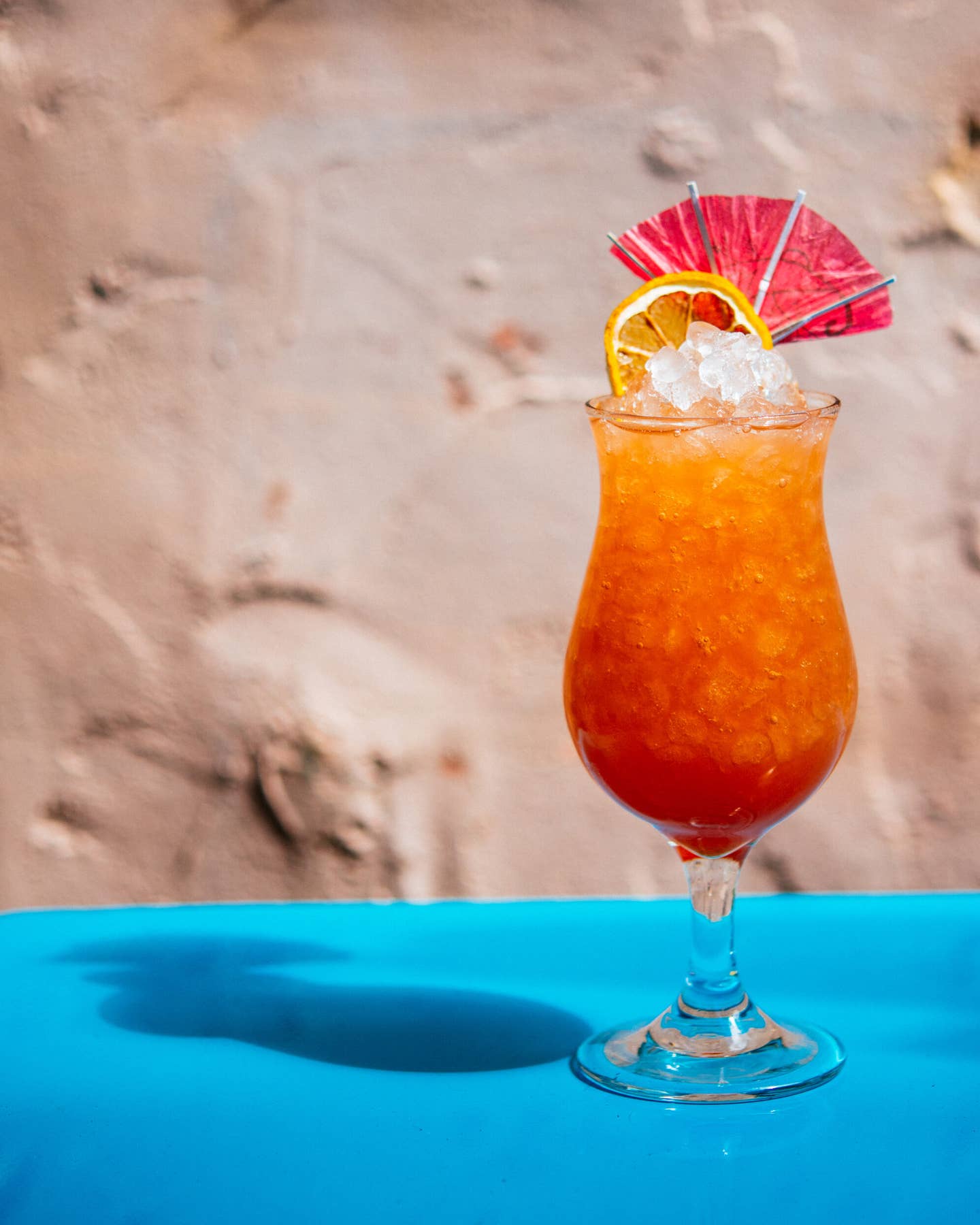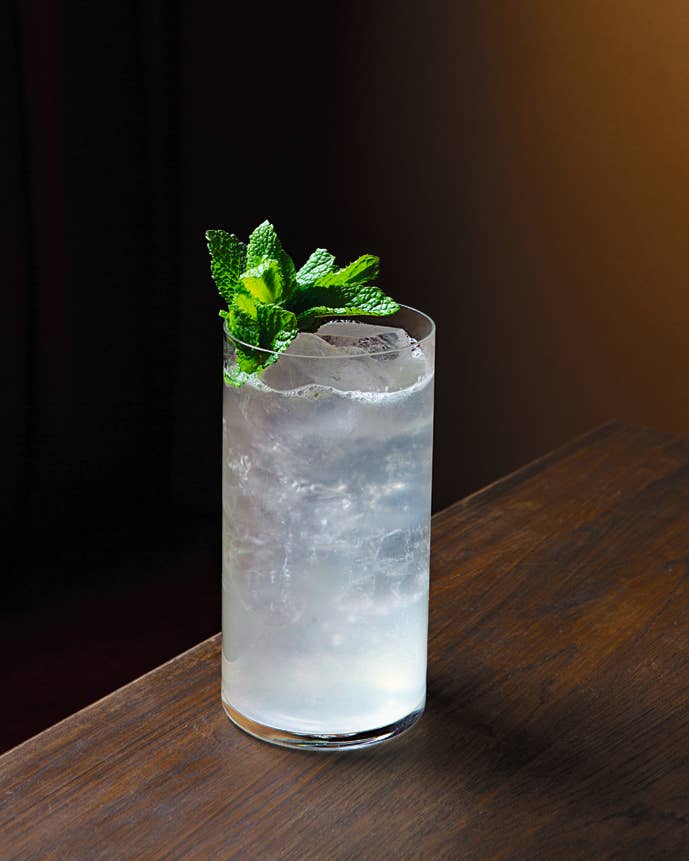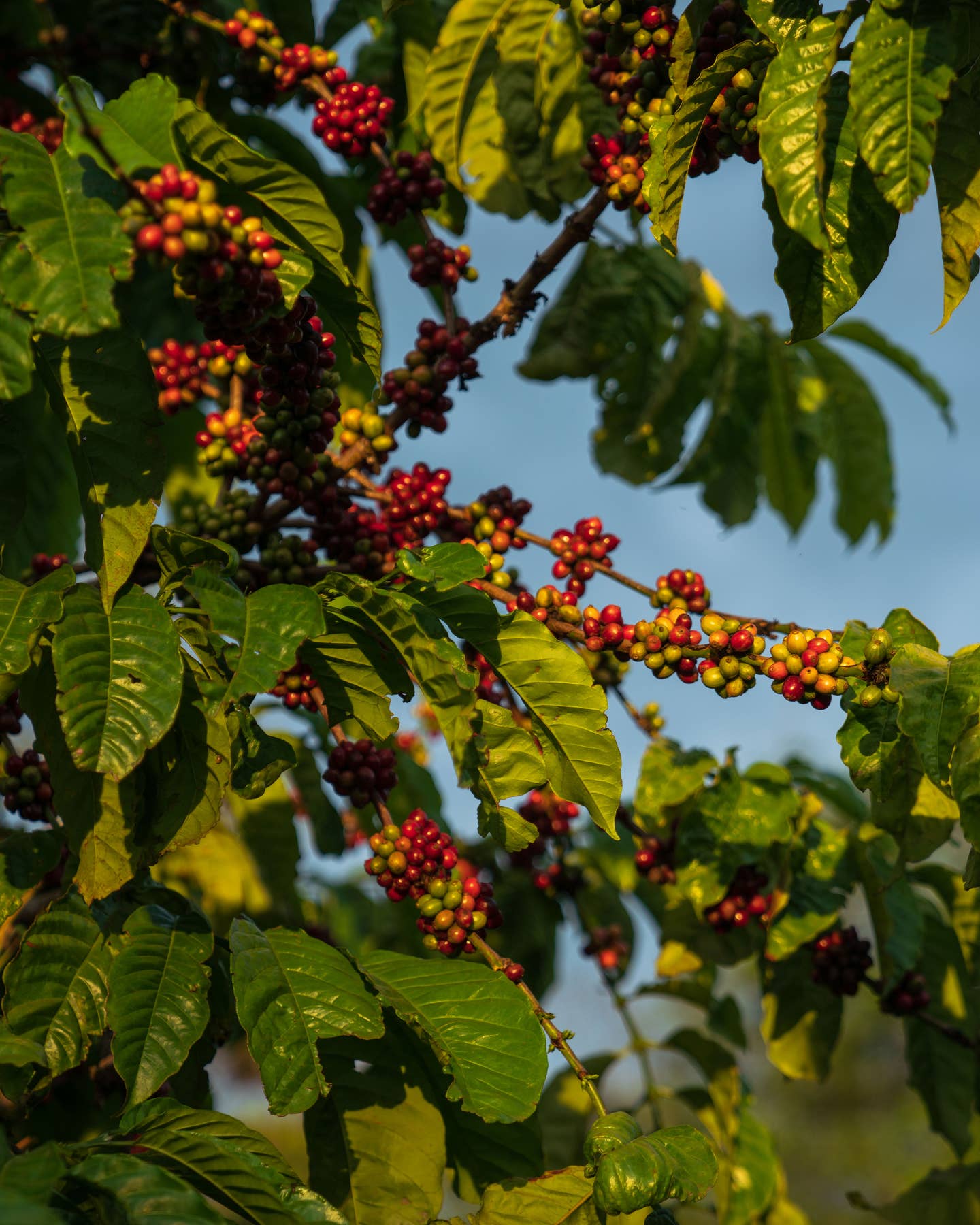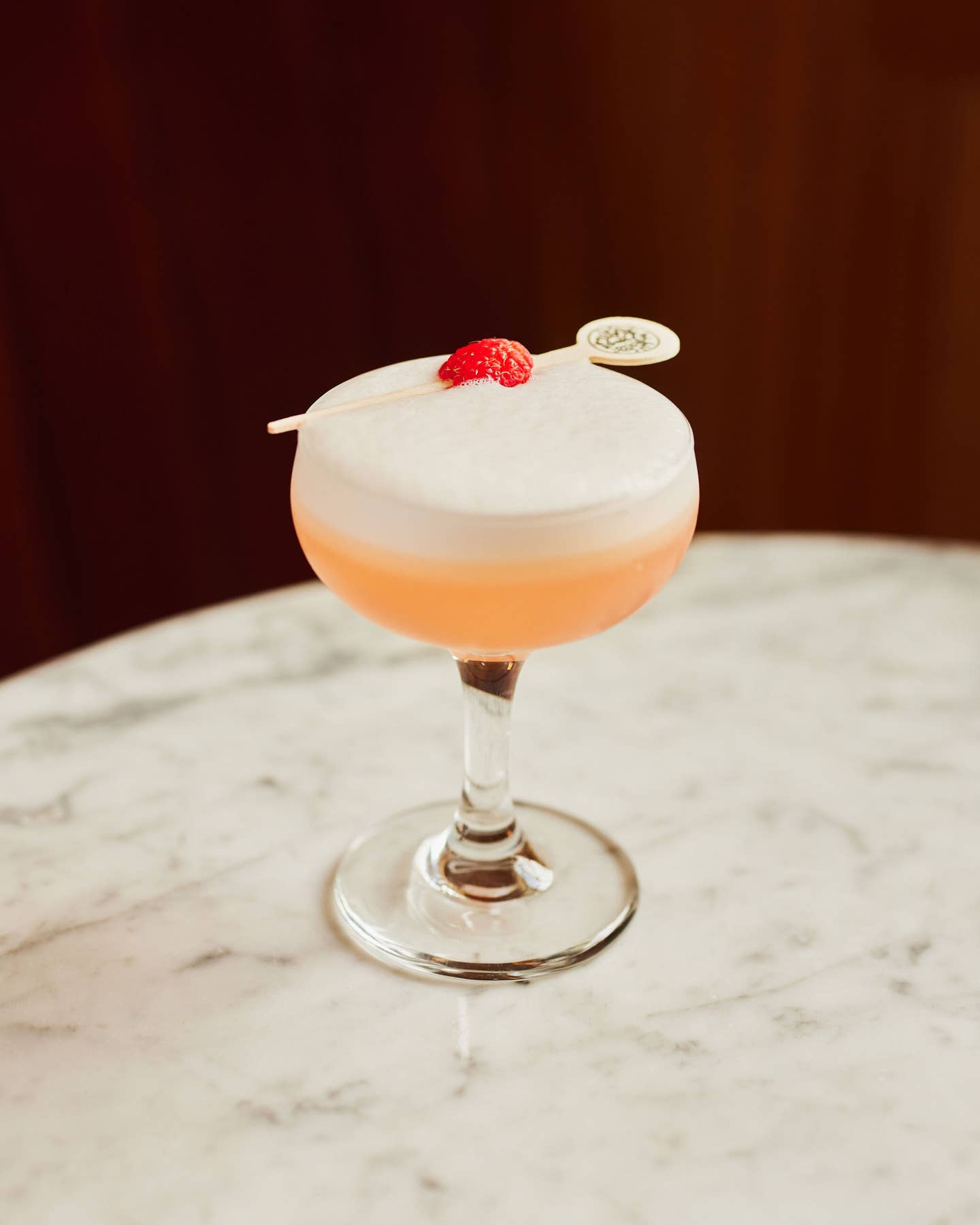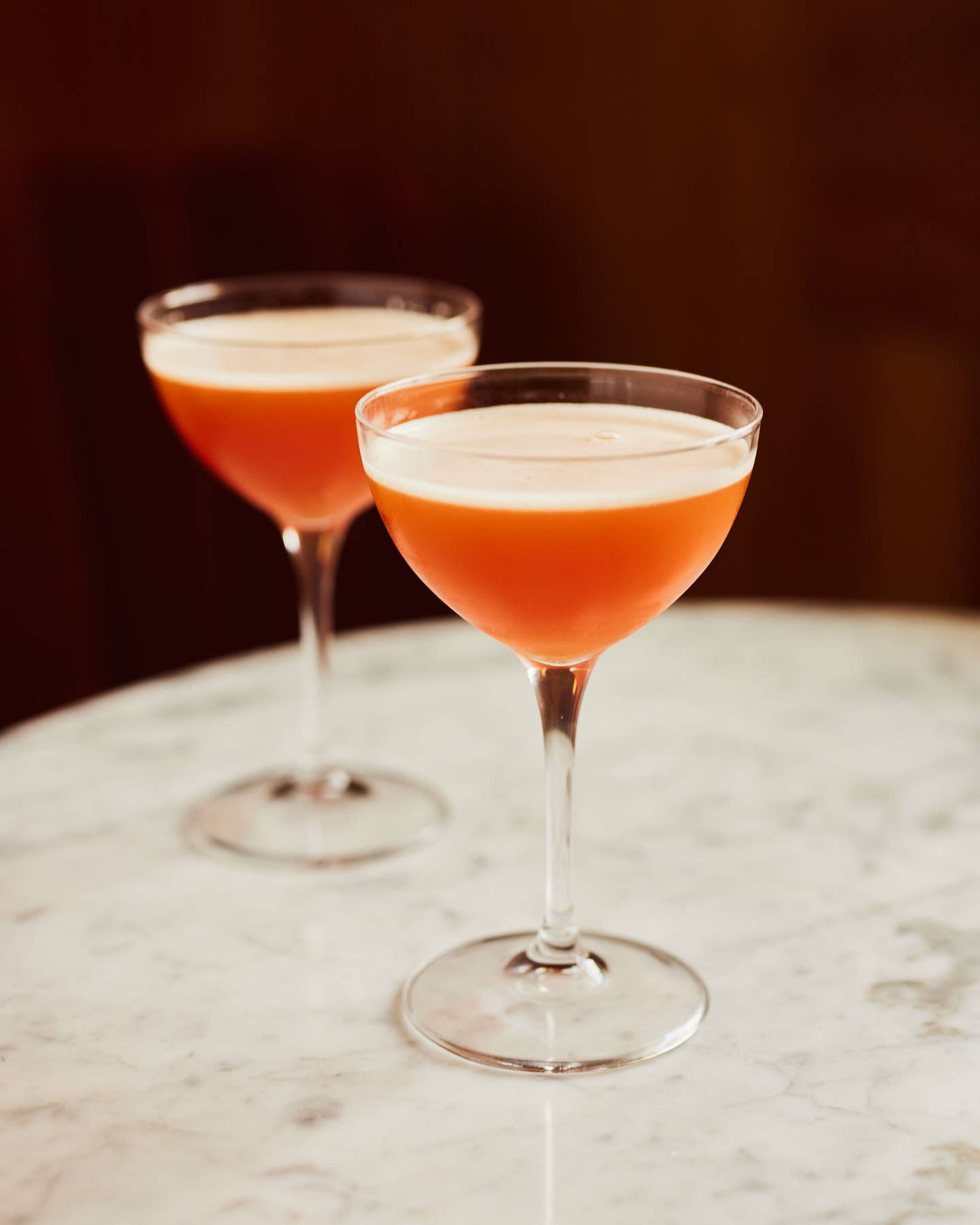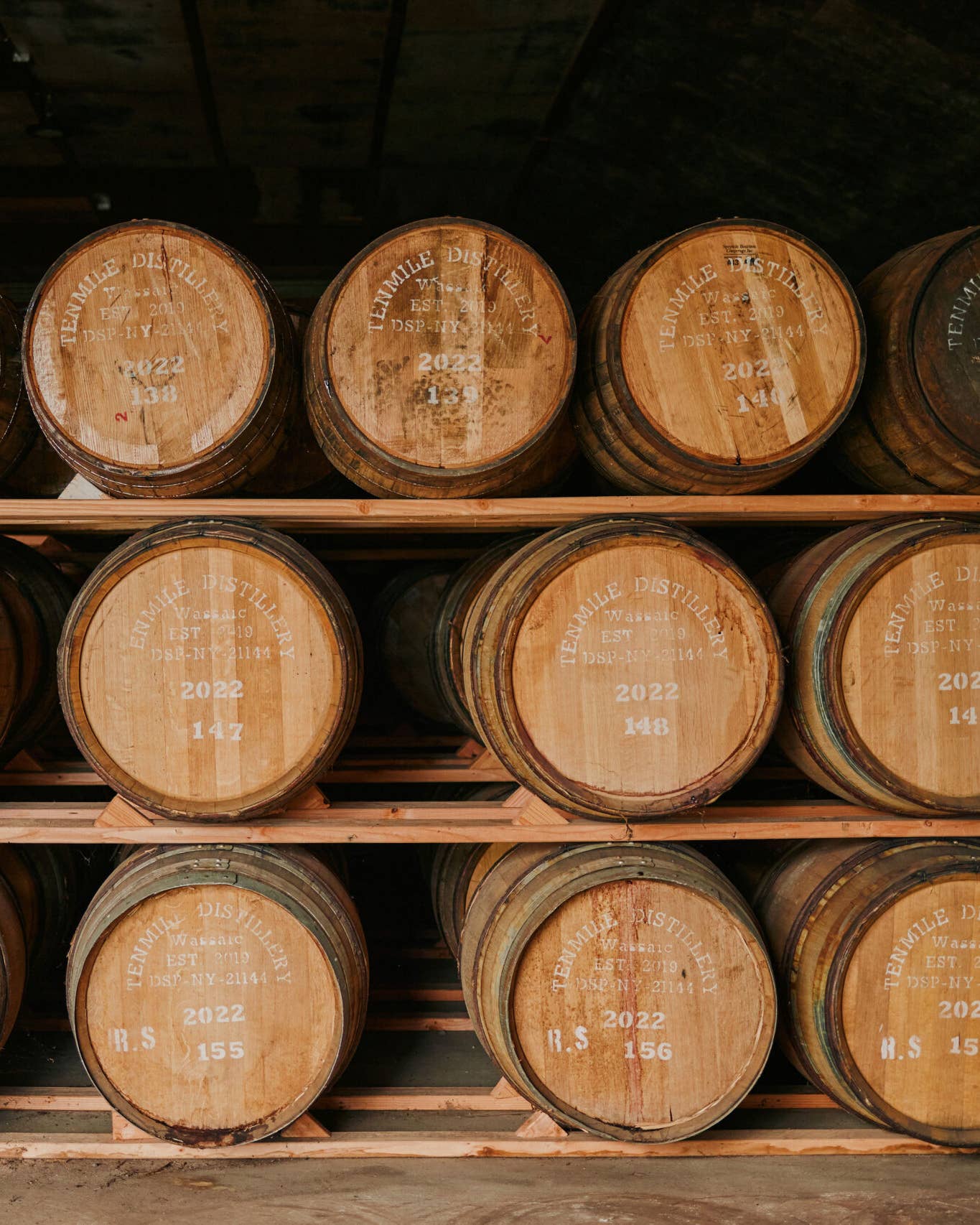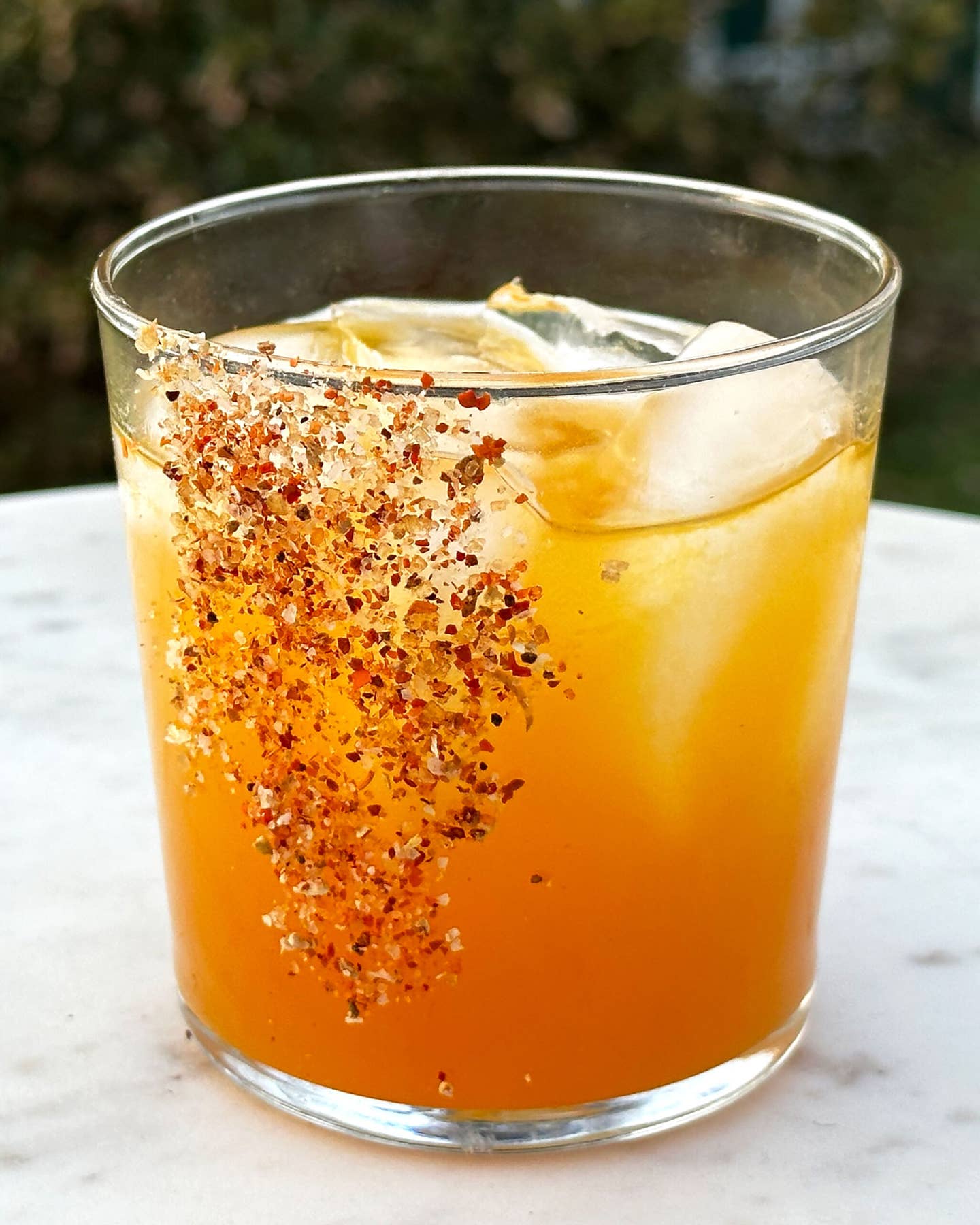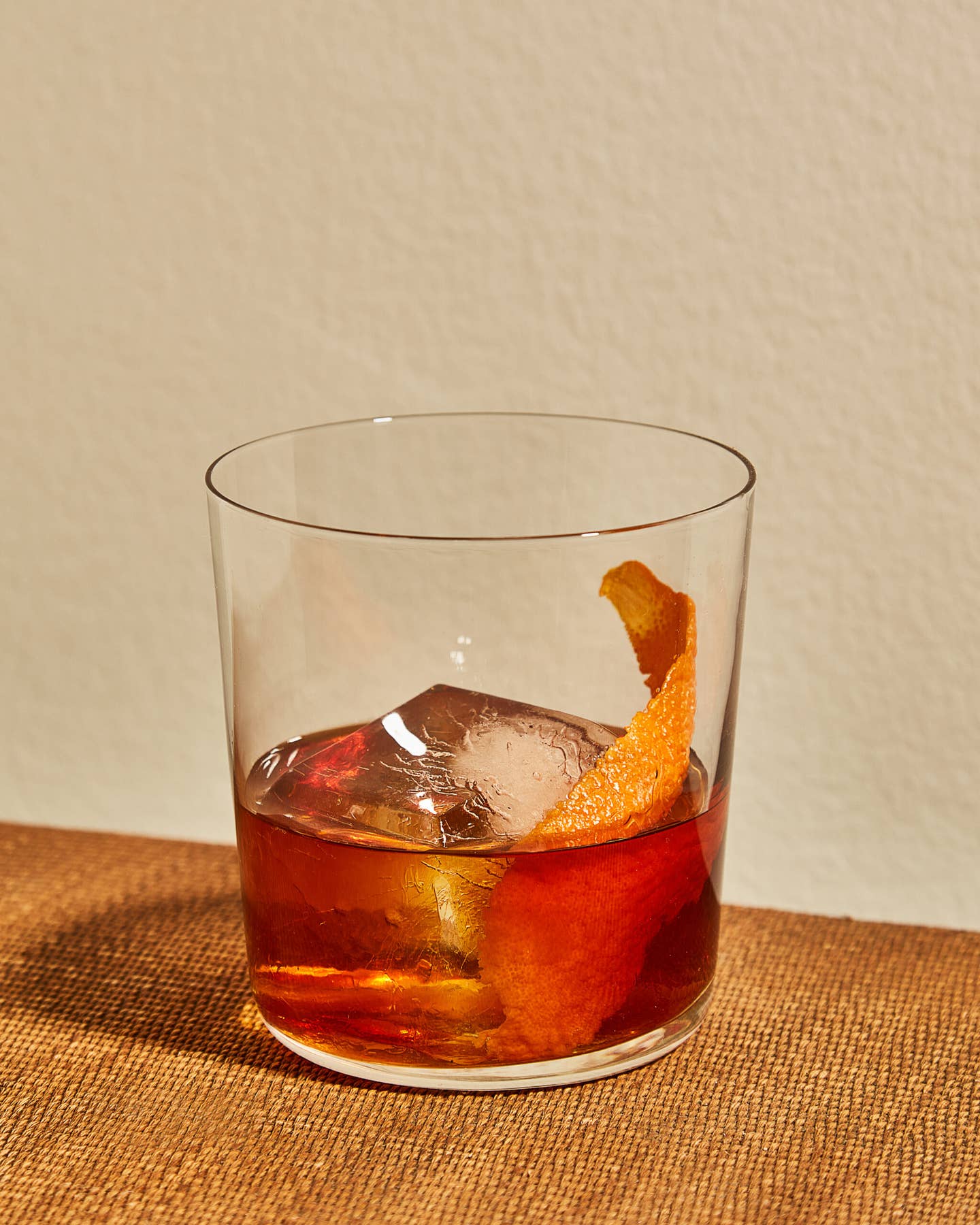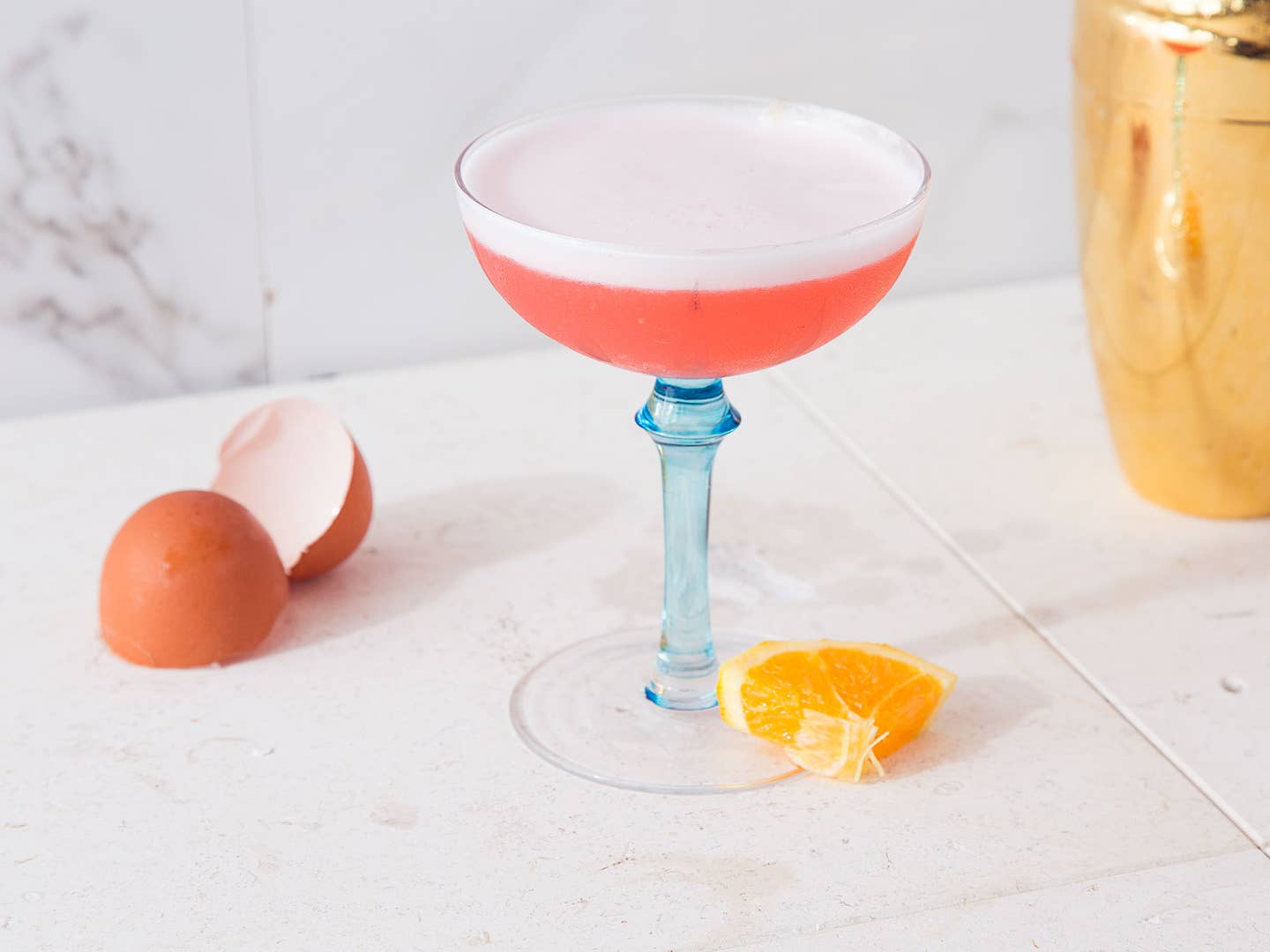
Why Raw Egg Whites Make Better Cocktails
Add a white to your shaker for silkier sours that won’t weigh you down
It’s understandable that home bartenders can be a bit squeamish when approaching egg white. It seems like such an odd man out in the spectrum of cocktail ingredients: spirits, juices, sweeteners…eggs? And raw egg whites especially aren’t exactly appealing.
But they are indeed important in the cocktail canon, used in classics for centuries. And used right, they make cocktails with a texture and body you can’t get with any other ingredient or method.
A whole category of drinks—sours (including whiskey sours)—were traditionally made with egg whites. When properly shaken, the whites give drinks a silky, almost creamy texture, but they remain light and crisp, unlike cocktails made with whole eggs or cream. An egg white cocktail will also have a pretty, distinctive head on top, almost like a cappuccino; bartenders often decorate this with bitters.
The egg white doesn't contribute much, if any flavor. (Remember its uses in cooking; you wouldn't say that a meringue or an angel food cake tastes "eggy.") What it can do is round out and integrate flavors—think of the way a pat of butter can mellow the acidity of lemon or vinegar, and you'll have an idea.
Cocktail bars often have fresh egg whites ready to go in a squeeze bottle, and add it by the ounce (or, more likely, half-ounce.) At home, this is impractical and messy—just try getting an egg white from shell to jigger in one go. In most cases, the whites of one small-to-medium egg suffice for a single cocktail; if you have a jumbo egg, shake up two drinks in one go.
The Technique
Crack open an egg, then take a close look and a good whiff; discard if you smell any off aromas. (Common sense, but worth repeating when working with raw eggs; use pasteurized egg whites if you want to be extra cautious.) Add one egg white to the cocktail shaker. Add all other ingredients except ice, seal your shaker, and give a vigorous shake—bartenders call this step the "dry shake." You'll feel pressure start to build. Unseal the shaker, add ice, reseal, and shake again—the "wet shake," to chill down the drink. Strain into your cocktail glass and garnish per usual.
Every time you shake a cocktail, it’s best to put some muscle into it, to properly mix the ingredients and chill down the drink. But with egg in drinks, it’s particularly important, not only to fluff it up, but to make sure it’s all incorporated; a stray glob of egg white will put you off cocktails for sure.
Try it in This
Sometimes we like cocktails to have a bit of an aggressive bite; other times, we’re looking to round them out a bit. Gin, Campari, and lemon are three ingredients that pair beautifully, but all have their sharp edges. Adding an egg white helps mellow and integrate these flavors without muting them, while also contributing a silky texture and an opacity that’s quite elegant in a vividly colored drink.
Get the recipe for Gin-Campari Sour »
Keep Reading
Continue to Next Story

